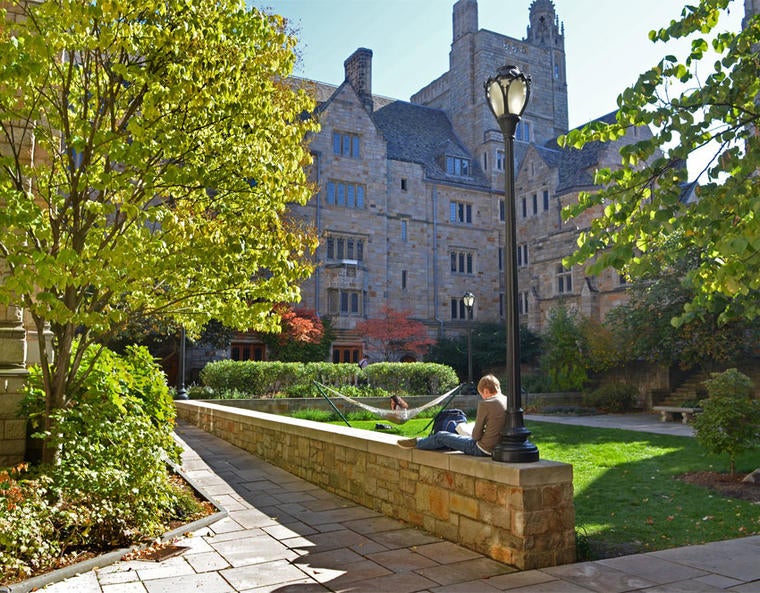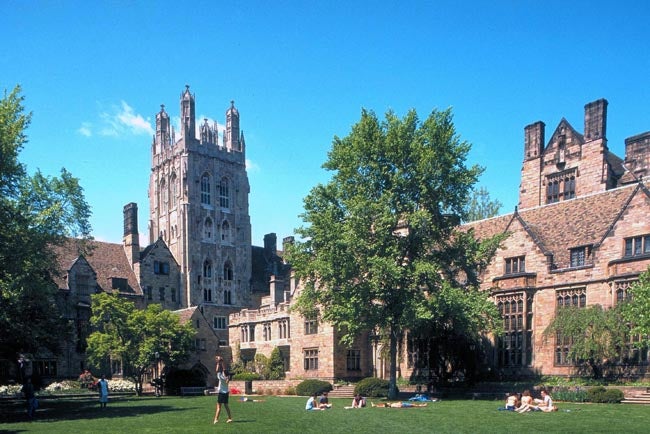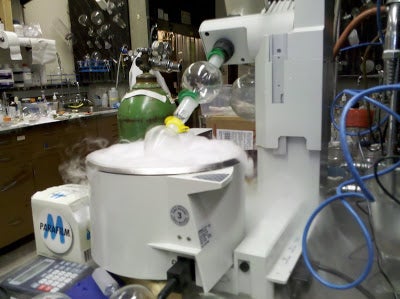
Like many of you out there, I eagerly await the release of the last Harry Potter movie this upcoming week. The replica wand I purchased at Harry Potter World in Orlando sits in its box, ready to be brandished at the midnight premiere, as do my handmade (clothes hanger and electrical tape) Potter glasses. But whereas this might represent the end of an era for some, my career in magic has at least three more years coming. You see, at Hogwarts.. errr, Yale… I will be majoring in potions… I mean Chemistry.
In many ways, Yale is like Hogwarts - we live in veritable castles:

We have a Freshman Banquet in Commons, our version of the Great Hall:
Plus, our residential colleges are as close to the house system (minus the Slytherins, who we’ve banished to another campus in frigid tundras of Cambridge, Massachusetts) as anyone has come this side of the Atlantic.
But back to potions. This summer I am working at the Center for Green Chemistry and Green Engineering, in the labs of Julie Zimmerman and Paul Anastas, who is currently on public service leave with the US EPA (Pictured above is an elixir of Chinese chomping cabbage brewed with essence of dittany and mandrake… just kidding. They’re actually bioreactors filled with algae intended for biofuel research). While my brews may not always “bewitch the mind, ensnare the senses” or even “put a stopper in death,” there are plenty bubbling cauldron-like apparatuses and aromatic liquids and mysterious powders in my field of work.

Like most undergraduate researchers at Yale, matching with a lab was all too easy - I simply emailed the professor whose work I admired, and not long after that I was preparing a fellowship application to get funding for my research through Yale College. Furthermore, living and working in New Haven over the summer has been a blast; I’ve made many new friends, taken weekend trips to New York City, and become a take-out menu expert.
At this point, my project has two main prongs (pun very much intended), the first being to synthesize lignin model compounds and the second being the broader goal to investigate the reductive capabilities of organometallic depolymerization catalysts. Basically, I’m trying to optimize the use of a bulky natural biopolymer as an eco-friendly replacement for petroleum derived compounds in industry and research.
Now if only I can find that room of requirement… rumored to be in Sterling Memorial Library.
To read more about Green Chemistry and Paul Anastas, please click here.